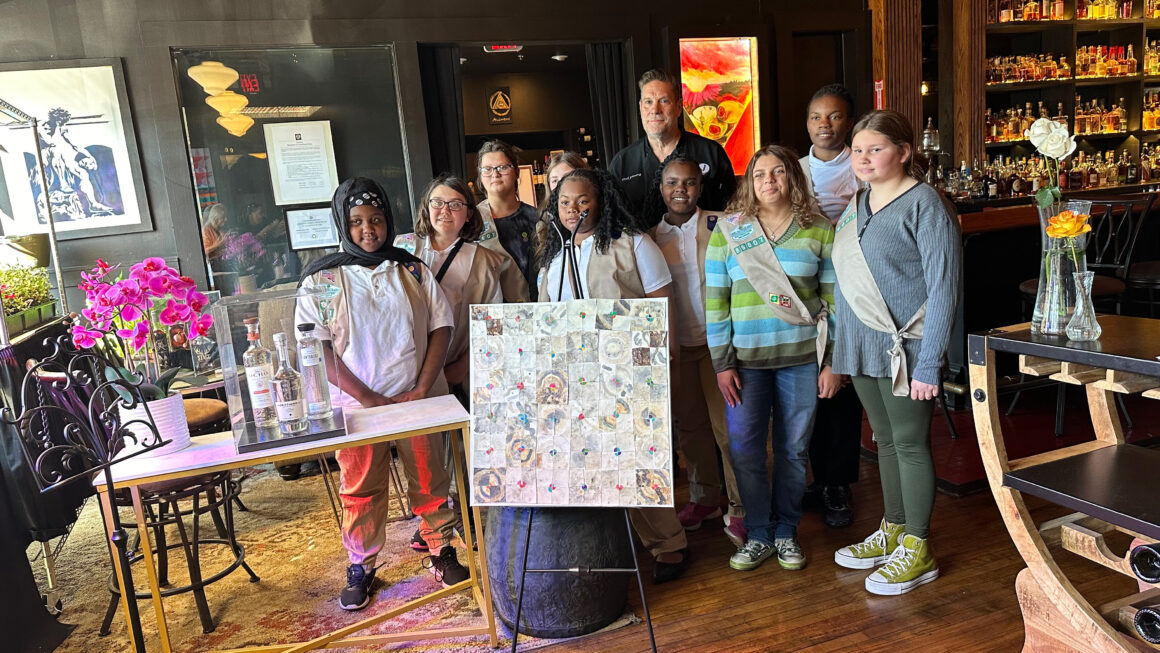Spring temperatures are right for maple trees to be flush with their sugary sap. Used to cure meats, as an anesthetic and a breakfast table staple, maple sap has been collected and used by hundreds of generations.
The process of collecting during the Sugar Moon season remains basic and timeless:
- Tap a tree – Most maple trees produce clear “sweet water” sap, but sugar maples have a higher sugar content. Traditionally, the spout called a spile was wooden, but modern, metal spiles are available. The size of the tree will determine the number of taps.
- Be a bucket filler – The weather determines how fast the sap runs. After a bucket is filled, the sap is strained to remove debris and carefully boiled until it becomes syrup.
- Cool and enjoy – The all-natural sweetener is delicious topping off a pancake or waffle or on its own as a sweet treat.
Tap into Girl Scout fun
Girls Scouts of all levels are invited to experience maple syrup making first-hand at Wolcott Mill. Register today for this immersive maple sugaring experience. It’s sweet to be a Girl Scout!
Sweet facts about maple syrup
- Depending on environmental conditions, one maple tree can produce 6-10 gallons of sap per season.
- Sap straight from the tree is about 98% water and only about 2% sugar.
- One gallon of syrup requires about 40 gallons of sap.
- A maple tree should be around 45 years old before being tapped. The tree can produce sap for 100 years.
- Michigan typically is sixth in the nation for syrup production.
- Michigan’s neighbor, Canada, is the largest producer of maple products in the world, exporting 75 percent of the world’s supply.
- Sap collection ends when tree buds begin to open.



